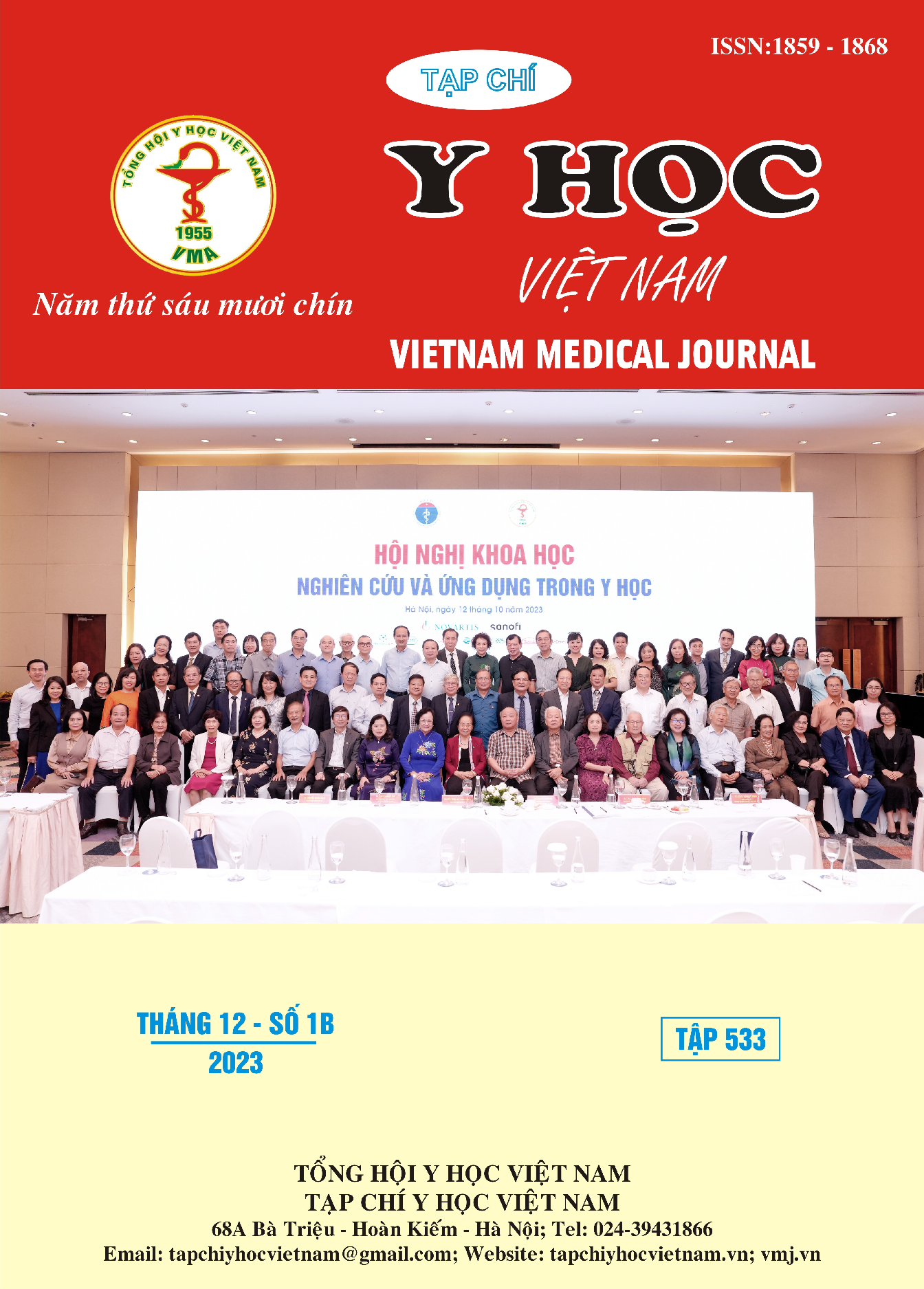ADHERENCE TO TREATMENT AND EFFECTIVENESS OF EPILEPSY TREATMENT IN DISTRICT 5, HO CHI MINH CITY
Main Article Content
Abstract
Background: Epilepsy is a common disease in many countries all over the world. Despite the high prevalence of the disease, epilepsy patients have not received adequate care. Some studies in Vietnam show that about 40.6% to 58.8% of epilepsy patients receive treatment. With the increasing rate of urbanization, data of patients receiving treatment and adherence to treatment of epilepsy patients in Ho Chi Minh City as well as urban areas in the South are are lacking. Objective: Determine the rate of treatment compliance and the rate of seizure-free treatment in the residential community of District 5, Ho Chi Minh City, period 2019 – 2020. Method: Cross-sectional study in the residential community of District 5, Ho Chi Minh City, from January 2019 to July 2020. Results: Among all 172 epilepsy patients, the rate of treated patients was 81.4%, the rate of patients who dropped out of treatment was 13.4%, the rate of untreated patients was 5.2%. The rate of patients free-seizures after treatment was 35.6%. Further, 23.9% patients showed good adherence, 49.7% moderate adherence, and 26.4% poor adherence. Multiple logistic regression analysis showed that partial seizures, monotherapy, and seizure-free treatment effectiveness with good adherence. Conclusion: The rate of treated epilepsy patients is high, but the rate of seizure-free patients was low. Patients with epilepsy had not good adherence to treatment. Factors predicting good adherence to treatment were partial seizures, monotherapy, and seizure-free treatment effectiveness.
Article Details
References
2. Dương Huy Hoàng. Nghiên cứu một số đặc điểm dịch tễ, lâm sàng động kinh, tình hình quản lý bệnh nhân động kinh tại tỉnh Thái Bình. Luận án tiến sỹ y học. Học viện Quân Y; 2009.
3. Nguyễn Thúy Hường. Một số đặc điểm dịch tễ học động kinh tại cộng đồng dân cư Hà Tây. Luận án tiến sĩ y học. Tạp chí Y học Thành phố Hồ Chí Minh. 2003;7(4):131-137.
4. Morisky DE, Ang A, Krousel-Wood M, Ward HJ. Predictive validity of a medication adherence measure in an outpatient setting. J Clin Hypertens (Greenwich). May 2008;10(5):348-54.
5. Kassahun G, Moges G, Demessie Y. Assessment of Patients' Adherence to Antiepileptic Medications at Dessie Referral Hospital, Chronic Follow-Up, South Wollo, Amhara Region, North East Ethiopia. Neurol Res Int. 2018.
6. Niriayo YL, Mamo A, Gidey K, Demoz GT. Medication Belief and Adherence among Patients with Epilepsy. Behav Neurol. 2019.
7. Yang C, Yu D, Li J, Zhang L. Prevalence of medication adherence and factors influencing adherence to antiepileptic drugs in children with epilepsy from western China: A cross-sectional survey. Epilepsy Behav. Mar 2020.
8. Al-Aqeel S, Gershuni O, Al-Sabhan J, Hiligsmann M. Strategies for improving adherence to antiepileptic drug treatment in people with epilepsy. Cochrane Database Syst Rev. Feb 3 2017.


